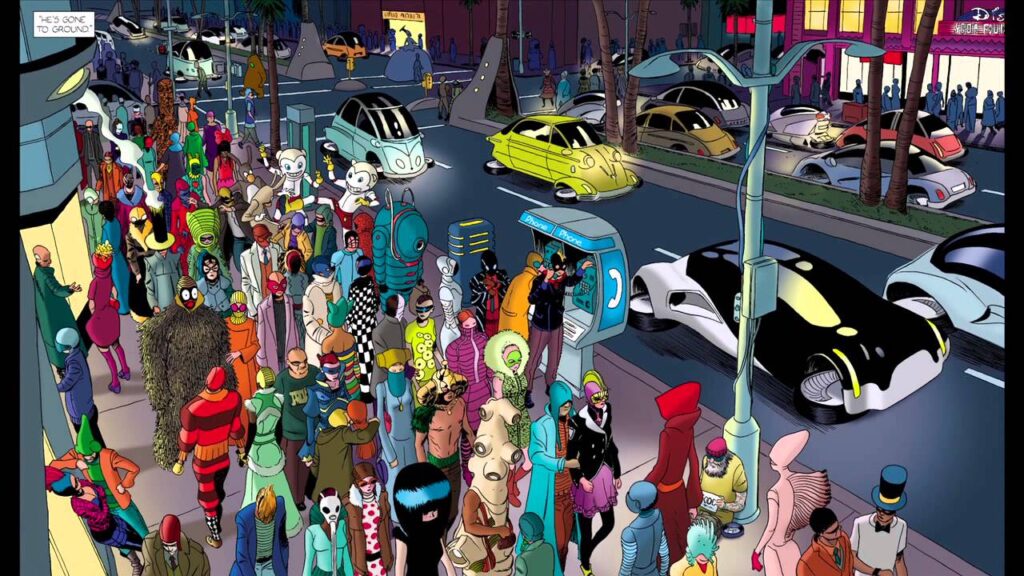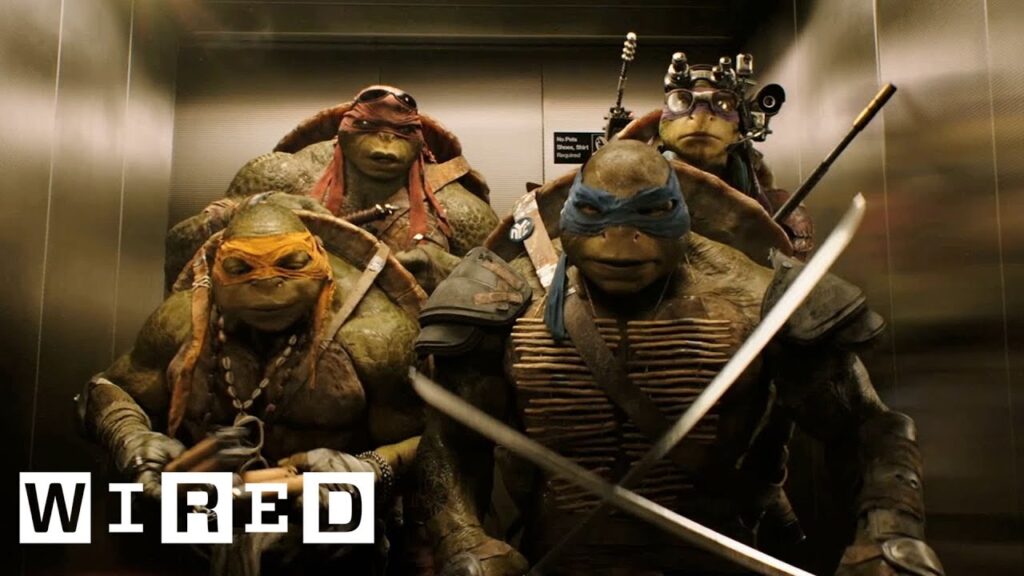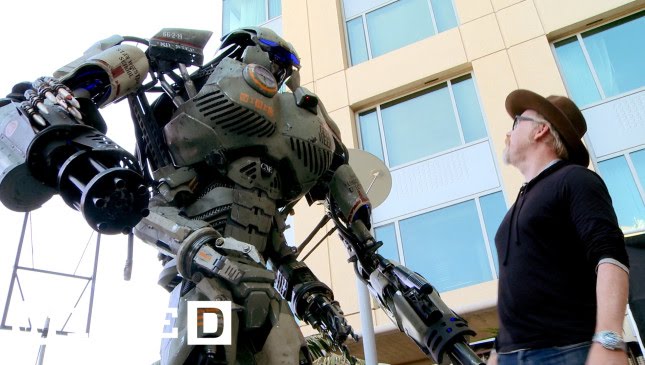The Search for Unique Chemical Signatures: From Conflict Minerals to Human Odor Prints
Summary
In this article, we explore the idea of unique chemical signatures and how they can be detected in various materials. From conflict minerals to human odor prints, researchers are using techniques such as laser-induced breakdown spectroscopy to identify the chemical makeup of different substances. We also discuss the potential for a device, such as a Google Nose, that could detect and identify the molecular structures of smells, tastes, and shapes, allowing for a better understanding of the world around us.
Table of Contents
- The Search for Human Odor Prints
- The Hunt for Conflict Minerals
- The Potential for Unique Chemical Signatures in Everything
- A World of Lego
- Conclusion
The Search for Human Odor Prints
A few years ago, researchers were on the hunt for a human odor print – a unique smell signature that could be chemically detected. While dogs are already able to detect human smells, researchers wanted to systematize the process. However, most humans do not have a pleasant smell, and researchers are still unsure of what causes this. It could be related to the major histocompatibility complex on the surface of our cells or the unique bacterial ecosystems that exist within our bodies.
The Hunt for Conflict Minerals
Another researcher was using laser-induced breakdown spectroscopy to detect the signatures of conflict minerals, such as coltan, that are not allowed in the country. By shooting a laser at a material, the chemical makeup of the outgassed plumes can be analyzed to identify the presence of minerals such as wolframite or columbite-tantalite.
The Potential for Unique Chemical Signatures in Everything
These examples got us thinking – could there be unique chemical signatures for everything? Imagine a device, such as a Google Nose, that could detect and identify the molecular structures of smells, tastes, and shapes. With this technology, we could walk into a farmer’s market and know the molecules that make an orange rind smell like an orange rind or what’s inside dried blueberries. By understanding the chemical makeup of different substances, we could come up with new combinations and ideas.
A World of Lego
With a better understanding of the molecular structures of different substances, we could live in a world of Lego, where we know how to combine different elements to create something new. This technology could also be used to identify the unique chemical odor print of individuals, allowing us to determine whether we want to connect with them on social media.
Conclusion
The search for unique chemical signatures in various materials has the potential to revolutionize the way we understand and interact with the world around us. From conflict minerals to human odor prints, the ability to detect and identify the molecular structures of different substances could lead to new ideas and innovations.






